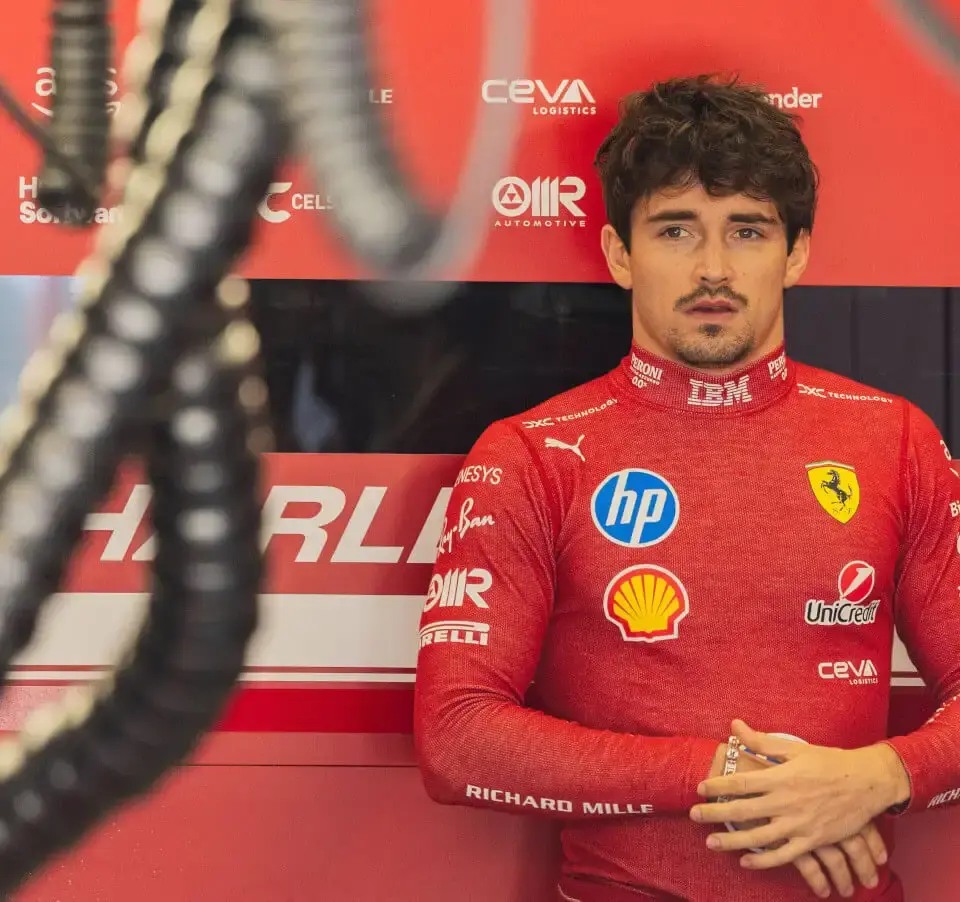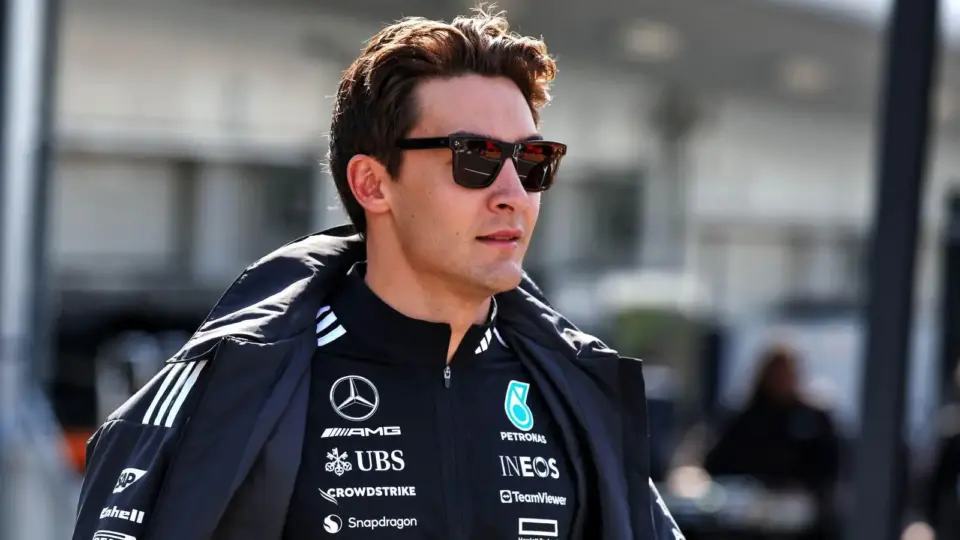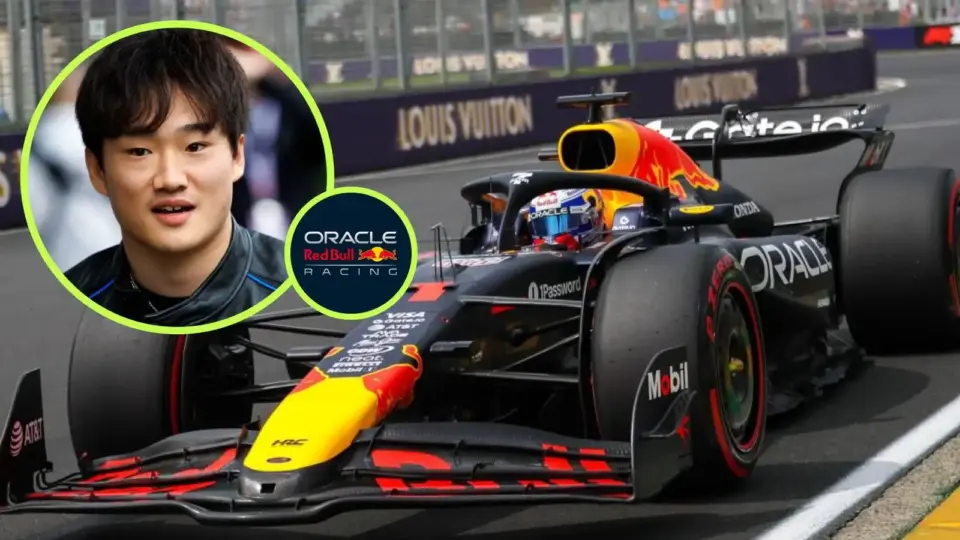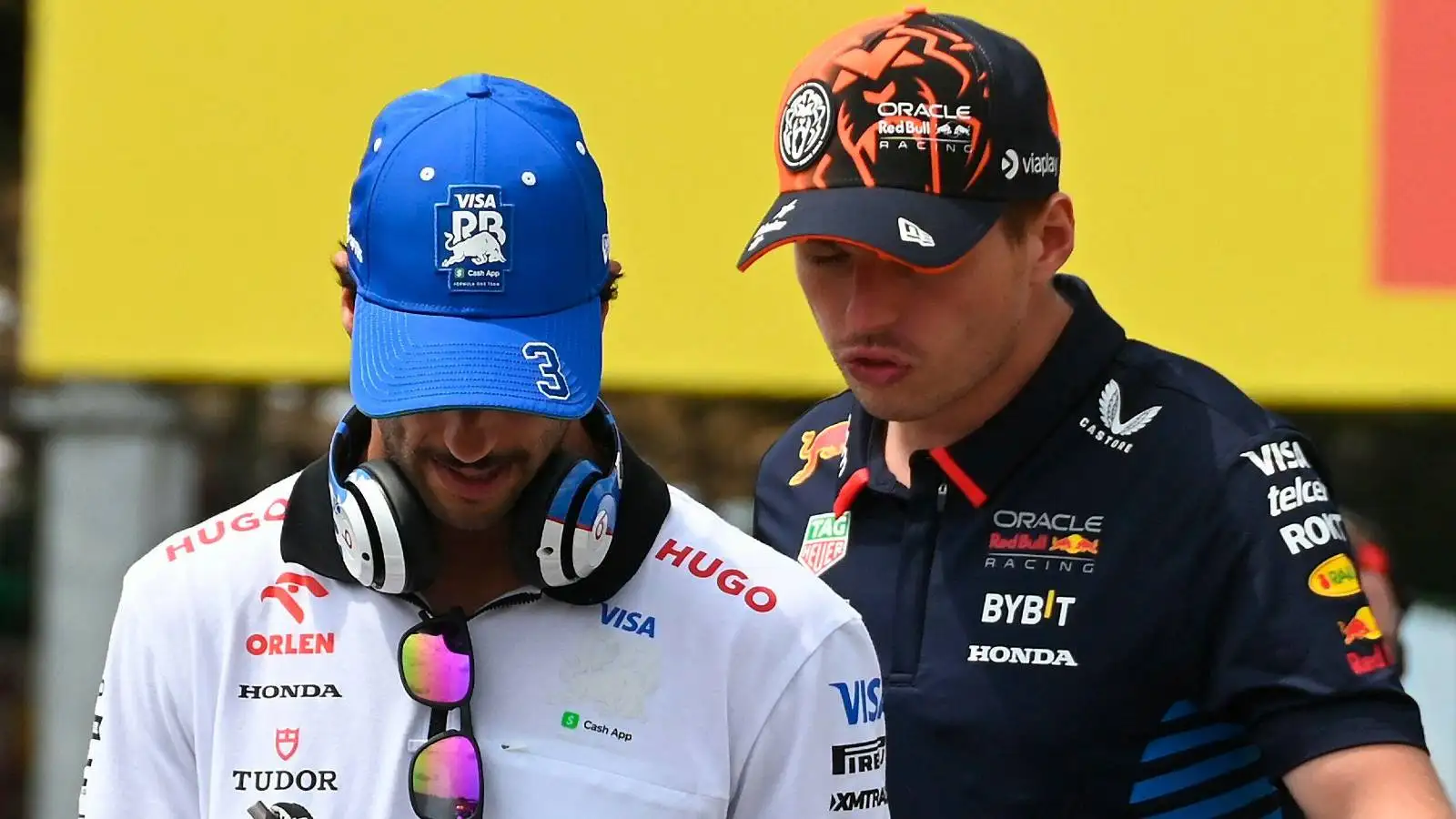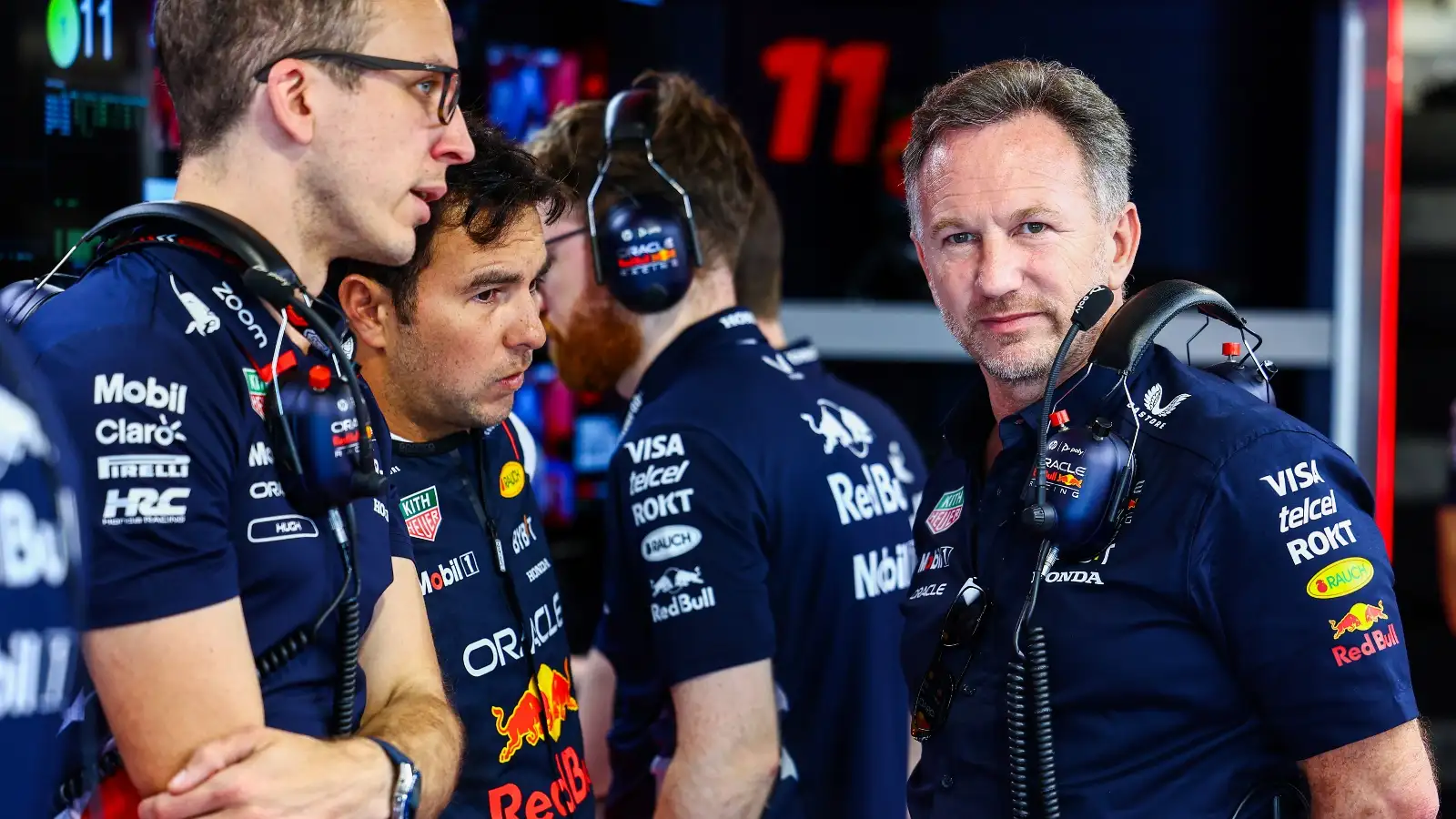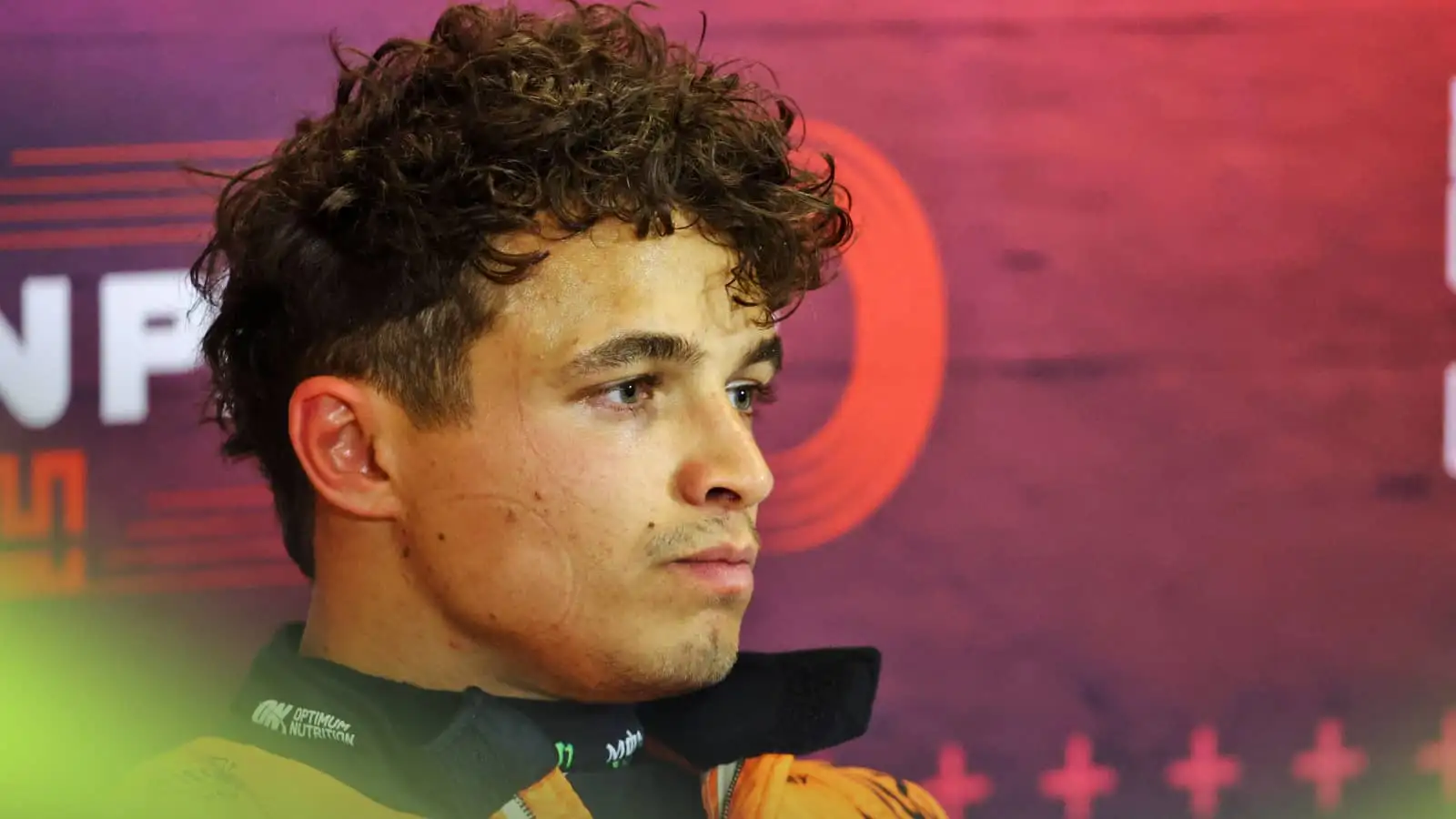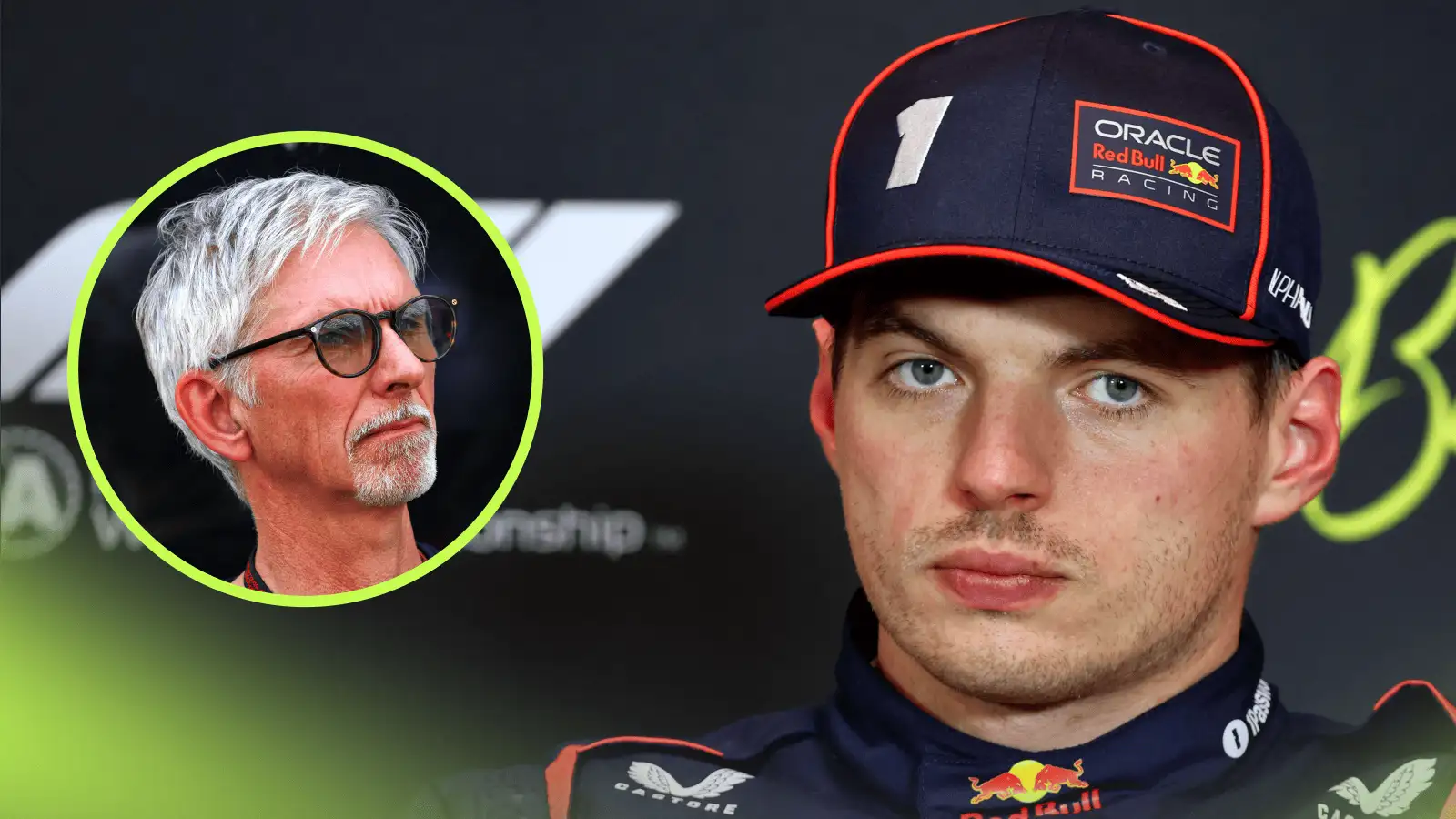Charles Leclerc faced rumors following the Chinese GP about a supposedly useful broken front wing.
- Ferrari opted not to pit Leclerc immediately, despite his car losing substantial downforce.
- Speculation grew that the broken wing acted as a ‘flexi wing,’ allegedly giving Leclerc an edge.
- Leclerc firmly denied the rumors, stating he would have preferred an intact wing.
- Hamilton’s disqualification for ride height issues added fuel to performance theory debates.
In the aftermath of the Chinese Grand Prix, Charles Leclerc found himself at the center of swirling rumors. Numerous theories cropped up about his Ferrari’s performance, primarily focusing on a broken front wing that seemed to work in his favor. The incident occurred when Leclerc tagged his teammate on the first lap, causing the car to lose 20 to 30 points of downforce. Despite this significant handicap, Ferrari decided against pitting Leclerc, allowing him to finish fifth.
The decision not to replace the nose immediately led to rampant speculation. Some observers claimed that Leclerc’s broken wing acted as a ‘flexi wing,’ potentially granting him extra downforce. As former F1 driver Karun Chandhok told Sky F1, engineers noticed the wing flexing closer to the ground, seemingly generating more downforce. However, Leclerc dismissed these suggestions. He maintained that having a broken wing is never ideal and asserted that his race performance would have been better with the car in fuller repair.
Beyond Leclerc’s wing issue, other theories emerged after the Grand Prix. Notably, Lewis Hamilton faced disqualification due to excessive skid block wear, leading to questions about the car’s ride height. Former Aston Martin strategist Bernie Collins speculated that Hamilton’s car might have had a very narrow optimal ride height, affecting aerodynamic performance. Collins proposed that this ‘peaky’ setup could cause issues under certain conditions.
When asked if the Ferrari SF-25 was sensitive to ride height, Leclerc refrained from divulging detailed specifics. However, he conveyed that the team was beginning to understand the car’s limitations. Leclerc acknowledged exceptional performances by Hamilton during the qualifying sessions and suggested that Mercedes needs to focus on qualifying pace to optimize race performance.
In a sea of theories and speculations, Leclerc stood firm, focusing on strengthening Ferrari’s race pace over rumored technical advantages.
